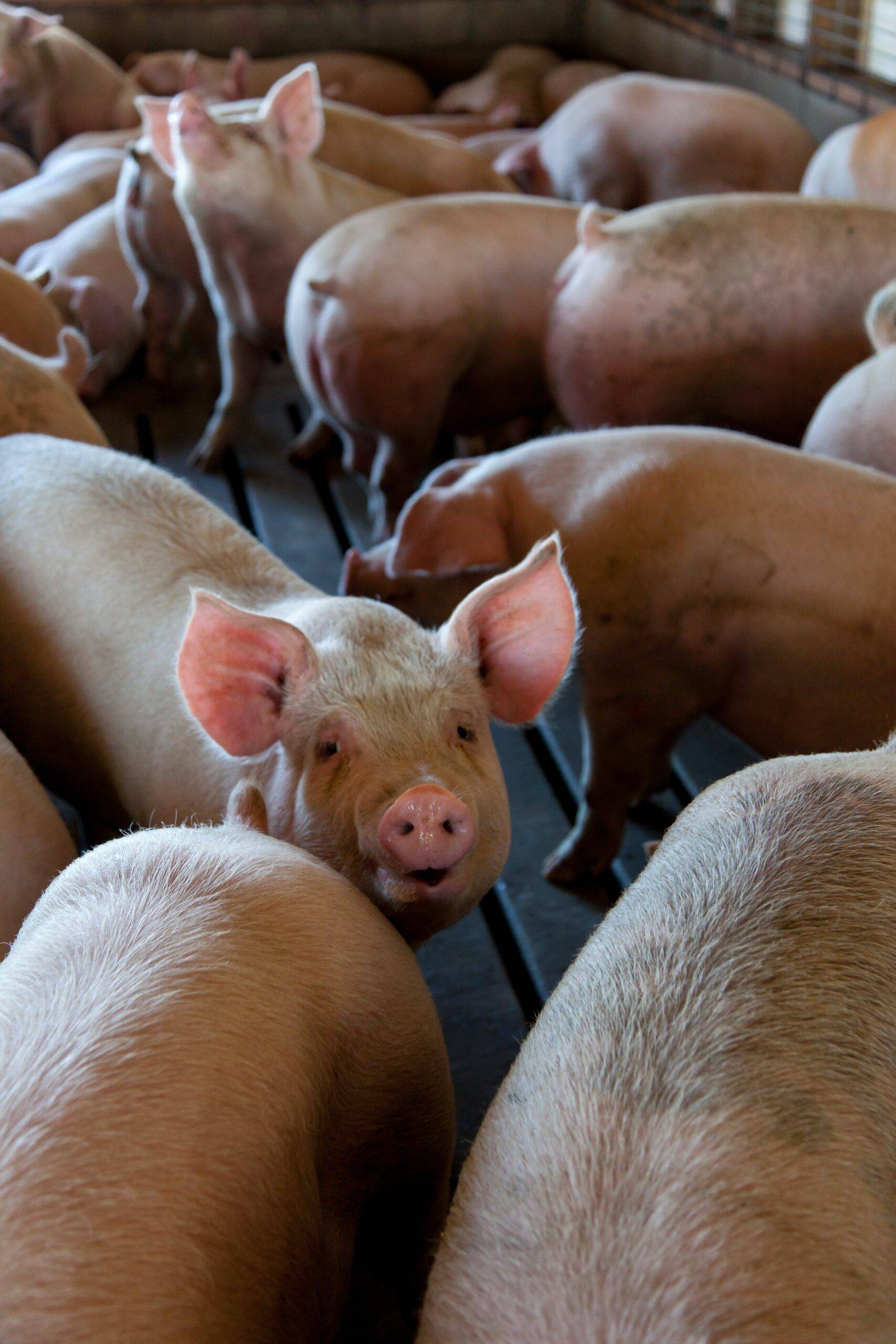Introduction
The strawberry industry is one of the most dynamic agricultural sectors globally, characterized by its continuous evolution and adaptation to changing consumer preferences, technological advancements, and environmental challenges. With an estimated global market size of USD 12.7 billion in 2021, the strawberry market is projected to grow at a CAGR of 7.5% from 2022 to 2028, reaching approximately USD 20 billion by 2028. This report delves into the top 10 future innovations shaping the strawberry industry, highlighting significant data, financials, and trends that are likely to influence the market landscape in the coming years.
1. Precision Agriculture
Precision agriculture is revolutionizing the way strawberries are cultivated, enabling farmers to optimize inputs while minimizing waste. Technologies such as GPS, IoT sensors, and drones allow for real-time monitoring of soil conditions, moisture levels, and pest presence. For instance, the integration of drones equipped with multispectral cameras can help identify areas of stress in strawberry fields, allowing for targeted interventions. According to a report by MarketsandMarkets, the precision agriculture market is expected to grow from USD 7 billion in 2020 to USD 12 billion by 2025, indicating a significant shift toward data-driven farming practices.
2. Genetic Engineering and CRISPR Technology
The application of genetic engineering and CRISPR technology is opening new frontiers in strawberry cultivation. These innovations allow for the development of disease-resistant and climate-resilient strawberry varieties. For example, researchers at the University of California have been working on CRISPR techniques to enhance the flavor and shelf life of strawberries without compromising their nutritional value. The global market for genetically modified crops is anticipated to reach USD 45 billion by 2025, underscoring the growing acceptance and potential of genetically engineered strawberries.
3. Vertical Farming
Vertical farming presents an innovative solution to urban agriculture, allowing strawberries to be grown in controlled environments using hydroponics or aeroponics. Companies like Plenty and Bowery Farming are at the forefront of this movement, creating vertical farms that can produce strawberries year-round, independent of weather conditions. According to a report by Grand View Research, the vertical farming market is projected to reach USD 12.77 billion by 2026, driven by the increasing demand for fresh produce in urban areas and the need for sustainable farming practices.
4. Blockchain Technology
Blockchain technology is set to enhance transparency and traceability in the strawberry supply chain. By enabling consumers to track the journey of their strawberries from farm to table, blockchain can help build trust and improve food safety. Companies like IBM and Walmart are already implementing blockchain solutions in their food supply chains, and the global blockchain in agriculture market is expected to grow from USD 60 million in 2020 to USD 429 million by 2025. This technology can also help growers identify inefficiencies in their operations and reduce food waste.
5. Sustainable Packaging
As consumers become more environmentally conscious, the demand for sustainable packaging solutions is on the rise. Innovations in biodegradable and compostable packaging materials are gaining traction in the strawberry industry. For instance, companies are developing packaging made from plant-based materials that can decompose within months, minimizing the environmental impact of plastic waste. The global sustainable packaging market is projected to reach USD 500 billion by 2028, driven by consumer preferences for eco-friendly products.
6. Artificial Intelligence and Machine Learning
Artificial intelligence (AI) and machine learning (ML) are transforming decision-making processes in strawberry farming. Predictive analytics can help farmers anticipate factors such as pest outbreaks, yield estimates, and optimal harvest times. Companies like AgriData and Blue River Technology are leveraging AI to provide farmers with actionable insights, resulting in increased efficiency and reduced costs. The global AI in agriculture market is expected to grow from USD 1 billion in 2020 to USD 4 billion by 2026, indicating significant investment in AI-driven agricultural solutions.
7. Advanced Irrigation Technologies
Water management is crucial in strawberry cultivation, and advanced irrigation technologies are emerging to enhance water efficiency. Drip irrigation systems, coupled with soil moisture sensors, enable precise watering based on real-time data, reducing water consumption and improving crop yields. According to the Irrigation Association, the global market for smart irrigation systems is expected to grow from USD 1.3 billion in 2020 to USD 3.4 billion by 2025. This innovation is particularly beneficial in regions facing water scarcity, ensuring sustainable strawberry production.
8. Integrated Pest Management (IPM)
Integrated Pest Management (IPM) combines biological, cultural, and chemical practices to manage pest populations while minimizing environmental impact. Innovations in IPM, such as the use of beneficial insects and pheromone traps, are gaining traction in strawberry farming. According to the International Society for Horticultural Science, the adoption of IPM practices can reduce pesticide use by up to 50%, promoting sustainable farming. The global market for biological pest control was valued at USD 4.2 billion in 2020 and is projected to reach USD 8 billion by 2027, reflecting the growing trend towards eco-friendly pest management solutions.
9. Climate-Resilient Farming Practices
As climate change poses significant challenges to agriculture, climate-resilient farming practices are becoming essential for the strawberry industry. Techniques such as crop rotation, cover cropping, and soil conservation play a crucial role in enhancing soil health and mitigating the effects of extreme weather events. The global market for climate-smart agriculture is projected to reach USD 21.5 billion by 2025, indicating a robust shift towards sustainable farming practices that can withstand climate variability.
10. Consumer-Centric Innovations
Finally, consumer preferences are driving innovations in the strawberry industry. The rise of health-conscious consumers is leading to increased demand for organic strawberries, which are projected to grow at a CAGR of 10% from 2021 to 2026. Additionally, companies are exploring new product lines, such as freeze-dried strawberries, strawberry-infused beverages, and organic strawberry snacks. This trend is reflected in the broader organic food market, which is expected to reach USD 620 billion by 2027, showcasing the growing appetite for healthier alternatives.
Conclusion
The strawberry industry is on the cusp of transformative changes driven by technological advancements and shifting consumer demands. From precision agriculture to consumer-centric innovations, the future of strawberry farming is poised for growth and sustainability. As stakeholders embrace these innovations, the industry will not only enhance productivity and profitability but also contribute to a more sustainable food system. The ongoing investments in research and development, coupled with the adoption of innovative practices, will ensure that the strawberry industry remains resilient and responsive to the challenges of the future.



